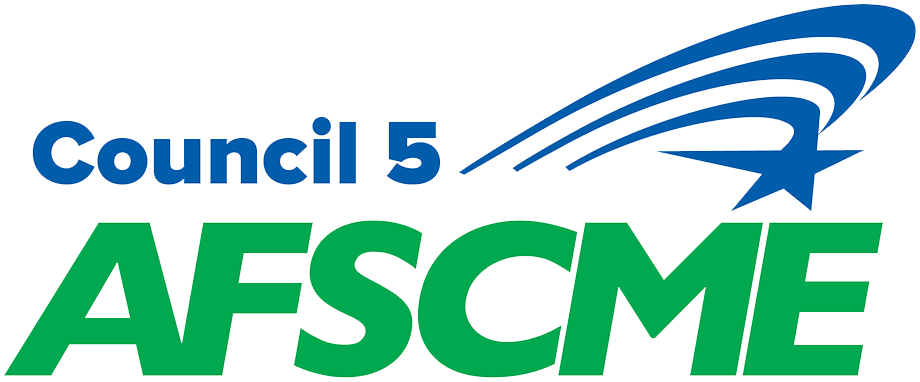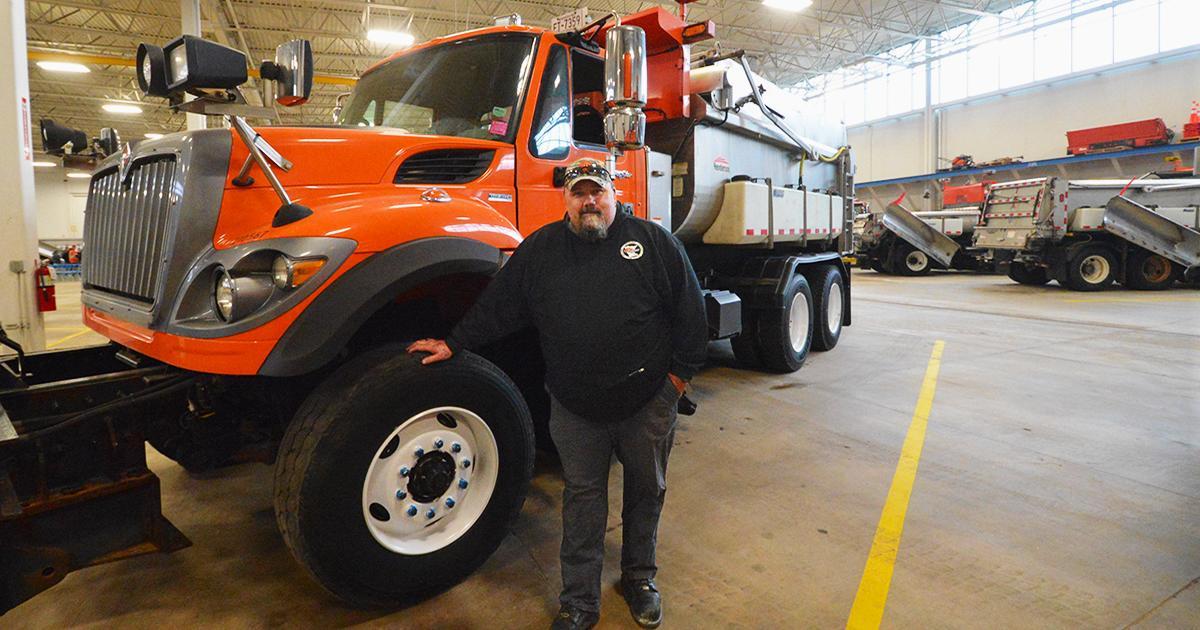Minnesota winters are tough. In Rochester, several blizzards brought the entire town to a standstill. Major roads and highways were closed, sometimes for days at a time.
When weather makes it unsafe to travel, Jeff Paulson – better known as Scuffy – hits the road. Scuffy works at MnDOT District 6, which covers Southern Minnesota. In the summer, Scuffy and his MnDOT team inspect bridges, maintain signage, and fix potholes and other road damage. But in the winter, they plow snow.
One Sunday, a particularly nasty blizzard made travel impossible. Scuffy headed out in a two-person team to try and clear the roads, even as the wind blew and snow continued to fall. They drove through nearly white-out conditions, clearing roads that were buried in snow. “The drifts were over the top of the truck, that’s how bad it was,” said Scuffy.
As they plowed, Scuffy and his team encountered something they didn’t expect: cars, half buried and stranded by the sudden storm. “We found seven cars on the way out with people in there – kids, grandmas and grandpas, everyday Minnesotans,” said Scuffy. They pulled the motorists out of the snowdrifts and back onto the road – only to discover that the road they had just plowed was already covered in snow again, and the cars they had just freed had nowhere to go. So they did the only thing they could: they plowed a path back into town, with the cars following in their wake. “As we were fighting our way back into town, we were bringing all these cars with us,” said Scuffy. “We had to plow them clear to their front doors to get them home safe.”
AFSCME Council 5 often says we keep Minnesota moving. At Local 868, where Scuffy is President, that motto is literally true.
But conditions for MnDOT workers can be dangerous, as Shane Eastman, Scuffy’s colleague and frequent MnDOT truck copilot, noted. “The toughest part of it is distracted driving – people texting, reading, not paying attention to their surroundings,” said Shane.
For MnDOT workers, the margin for driver error is small – they’re working often only a few feet from traffic travelling at speeds over 70 miles per hour. On the road, the roar of traffic fills workers’ ears as they try to focus on their tasks. Safety gear provides some sense of security, but traffic creates wind conditions of its own – the vortex created by a semi truck suck the helmet off workers’ heads.
“We have to watch each other’s back constantly because of the traffic concerns,” said Shane. “We see a lot of accidents. This winter we had fourteen snow plows – just in our district – get hit.”
Drivers can do a lot to make roads safer for MnDOT employees and other construction crews by being aware of their surroundings, abiding by speed laws, and limiting distractions.
But taken as a whole, one of the greatest challenges MnDOT workers like Scuffy face is an underfunded Department of Transportation. Road maintenance is expensive, and MnDOT relies heavily on dedicated funding sources like the state gas tax to pay for it. Right now, Minnesota’s transportation system is about $6 billion short of what it needs over the next decade. At least half of our roads are 50 years old or older, and the longer we put off fixing them, the more expensive – and dangerous – they get.
A lack of funding means not enough MnDOT workers are hired, and those already on staff have to work longer hours for lower pay. Underfunding transportation affects all Minnesotans who drive: roads that are not well-maintained are much more likely to cause car damage, and drivers are more likely to experience accidents.
That’s why AFSCME Council 5 supports the passage of a sensible gas tax to fund critical improvements to roads and bridges. The tax, phased in over four years, raises the revenue we need to repair our aging infrastructure, pay workers what they deserve, and keep our roads safe for everyone who drives. The dedicated funding would fund the transportation investments we need without draining the general fund, which funds other essential priorities and hundreds of jobs.
Scuffy underscores this point: “We can’t rob one to fix the other. That’s the most important part that needs to be realized.” We need new, dedicated transportation funding to keep Minnesota moving.

